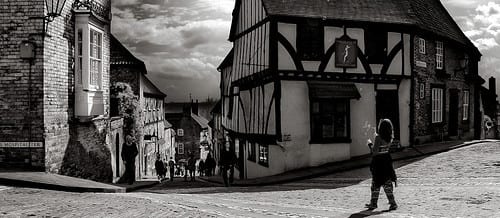So Monday’s rehearsal & prodution meeting was based around making our clay from salt dough. It was an experience I must say.
It was a first time experience creating salt dough for me. I didn’t think it was going to take nearly 4 hours to create 190 hand size dough balls. That time doesn’t include the 45 minute trip to morrisons to buy more products, by more products it was Salt (12 bags), plain flour (6 bags) and two bottles of vegatable oils as well as three rolls of cling film. All coming to a grand total of £12.
As agreed from the last production meeting we as a group we’d planned on doing a full day dress run on Tuesday 21st to see what works and what needs improving or editing for the actual performance day.
Things didn’t go excatly to plan, we arrived at the garden just after 9am to start the cycle of exchanging clay with a handshake down at the Pottergate to walk a planned route to the garden.
We did 4 hours straight without proper breaks as we had orignally planned in previous meetings that we would take breaks when we were in the garden. Luckily we were blessed with beautiful sunny weather which we thought was perfect however the sun wasn’t really the best thing as we discovered. One of the members within the group started developing the onset of sun stroke from the heat. So we had to call the dress run short.
I felt we did have a positive response and interest by the general public who were using the garden for tea & cake but when I was sat in the Pottergate people walking past or on public transport were giving strange looks as the salt dough wrapped up in cling film looked similar to wrapped up drugs.
As a group we have discussed that we will do another dress run this week coming, change the colour of the dough so it doesn’t look as strange when its wrapped up. Have a one hour break to split up the day. We have taken on board with Rachel’s comment that the model clay figures need to be bigger than a hand full, but by doing this we need to add lolly sticks to the mixture so the figures can stand up and be slightly stronger.
Till the next blog
